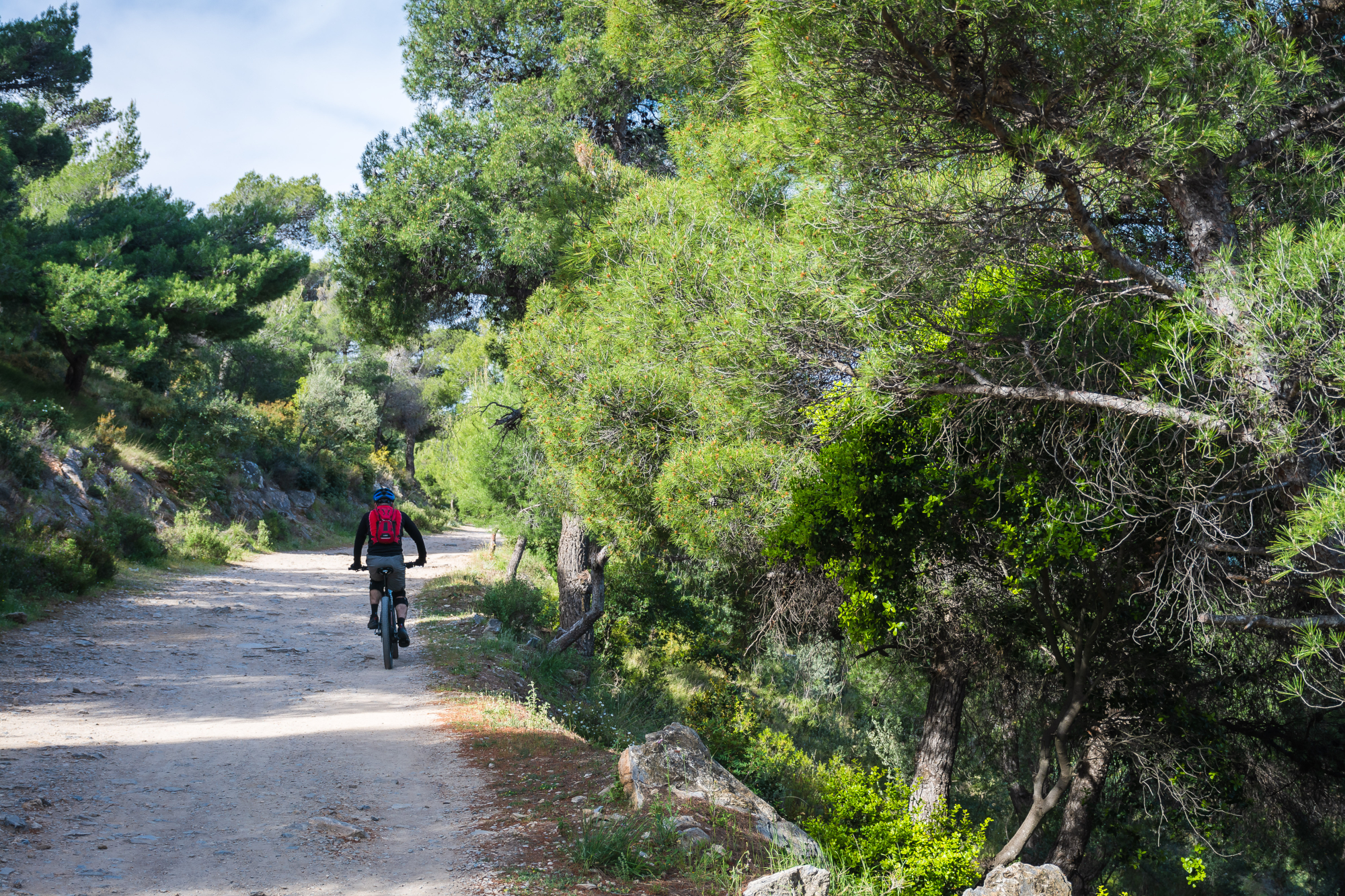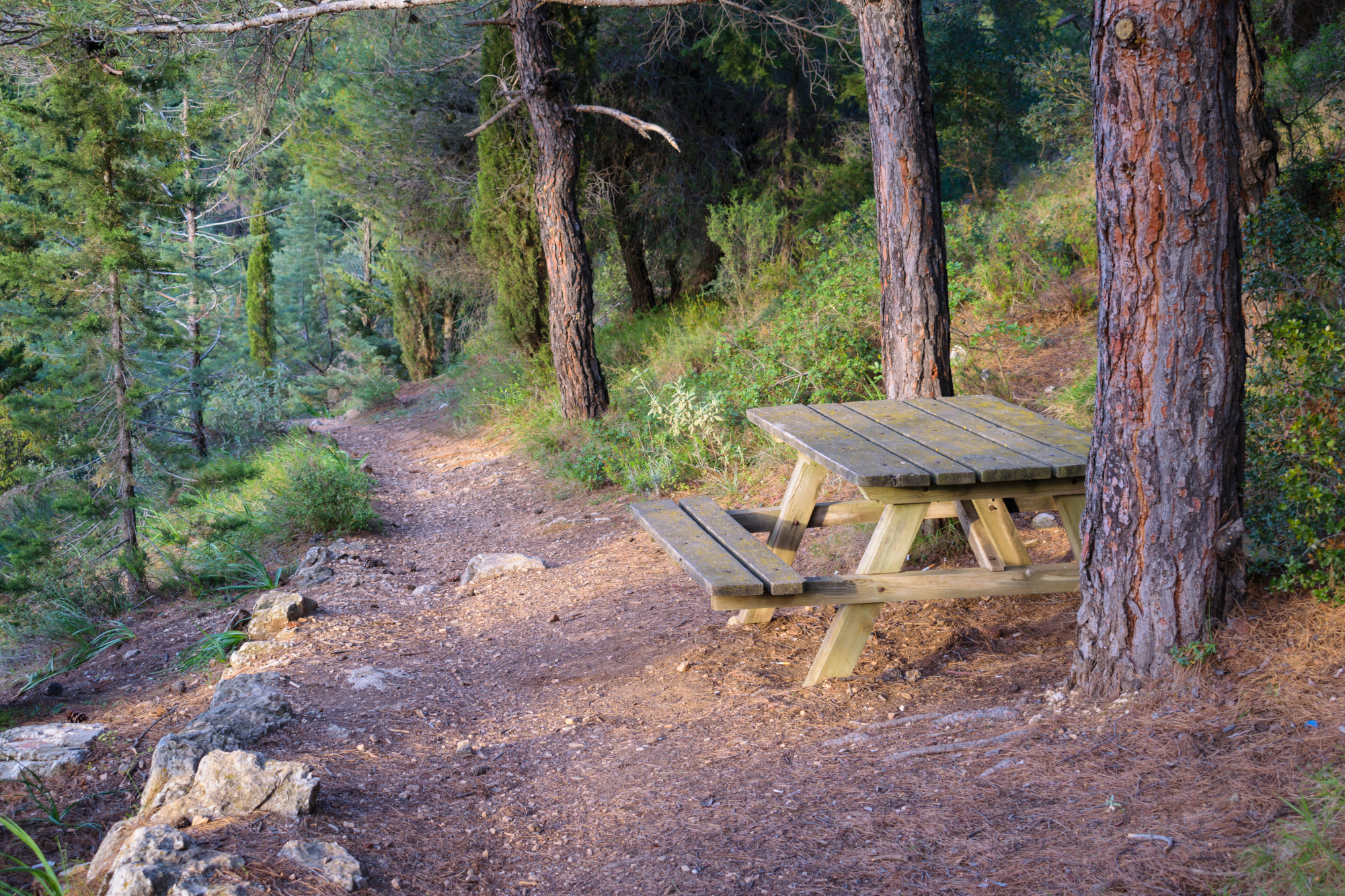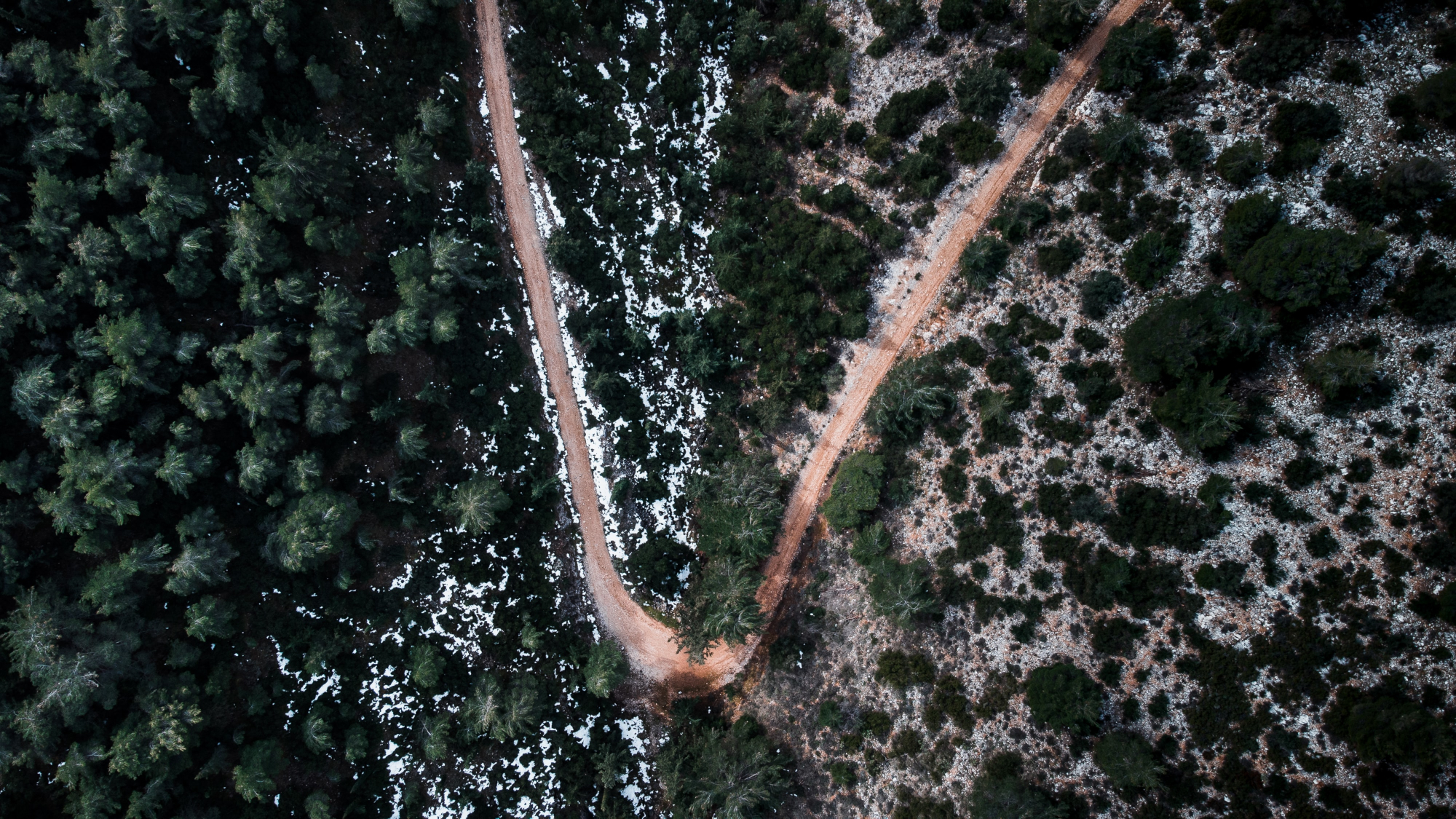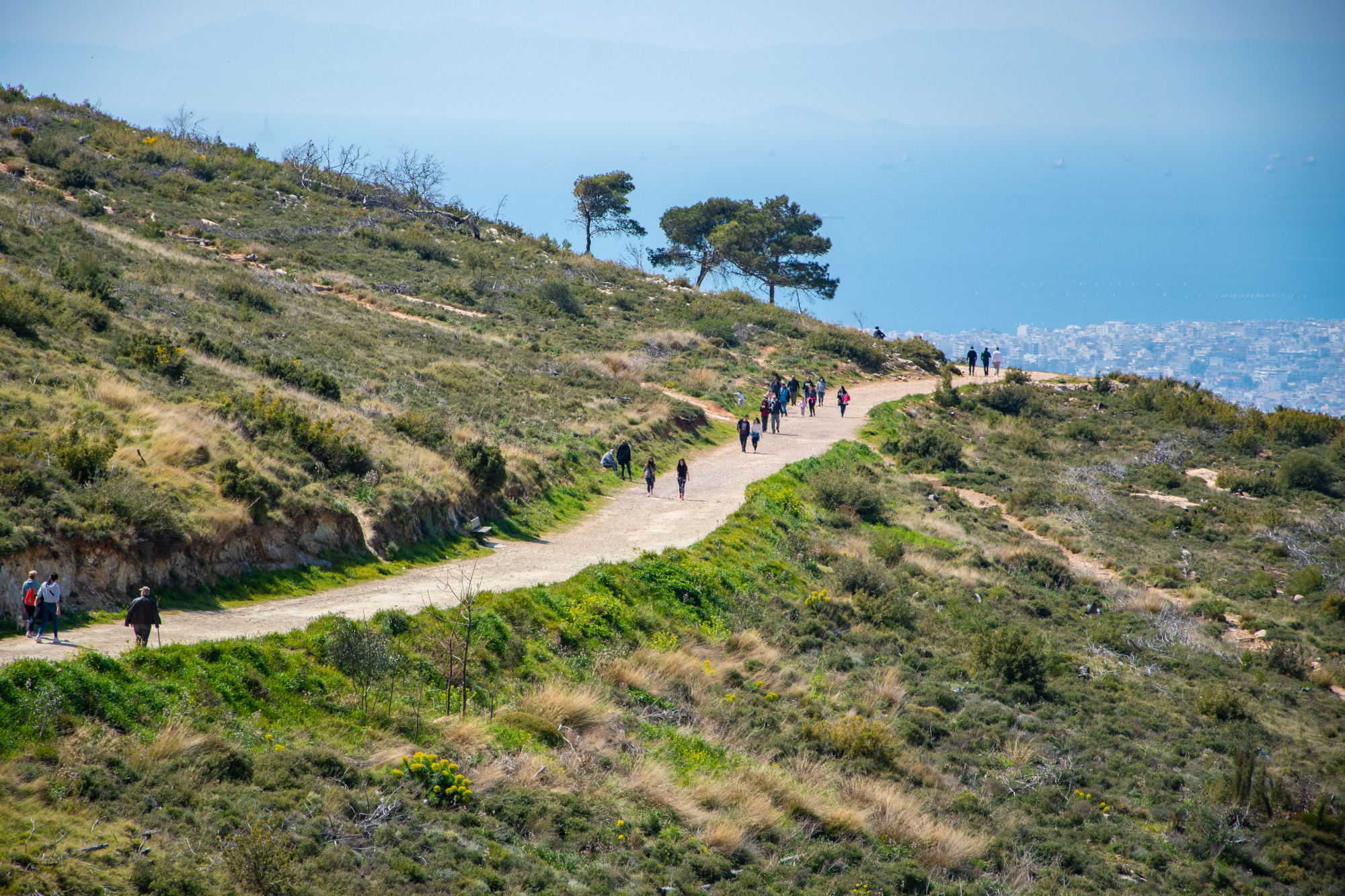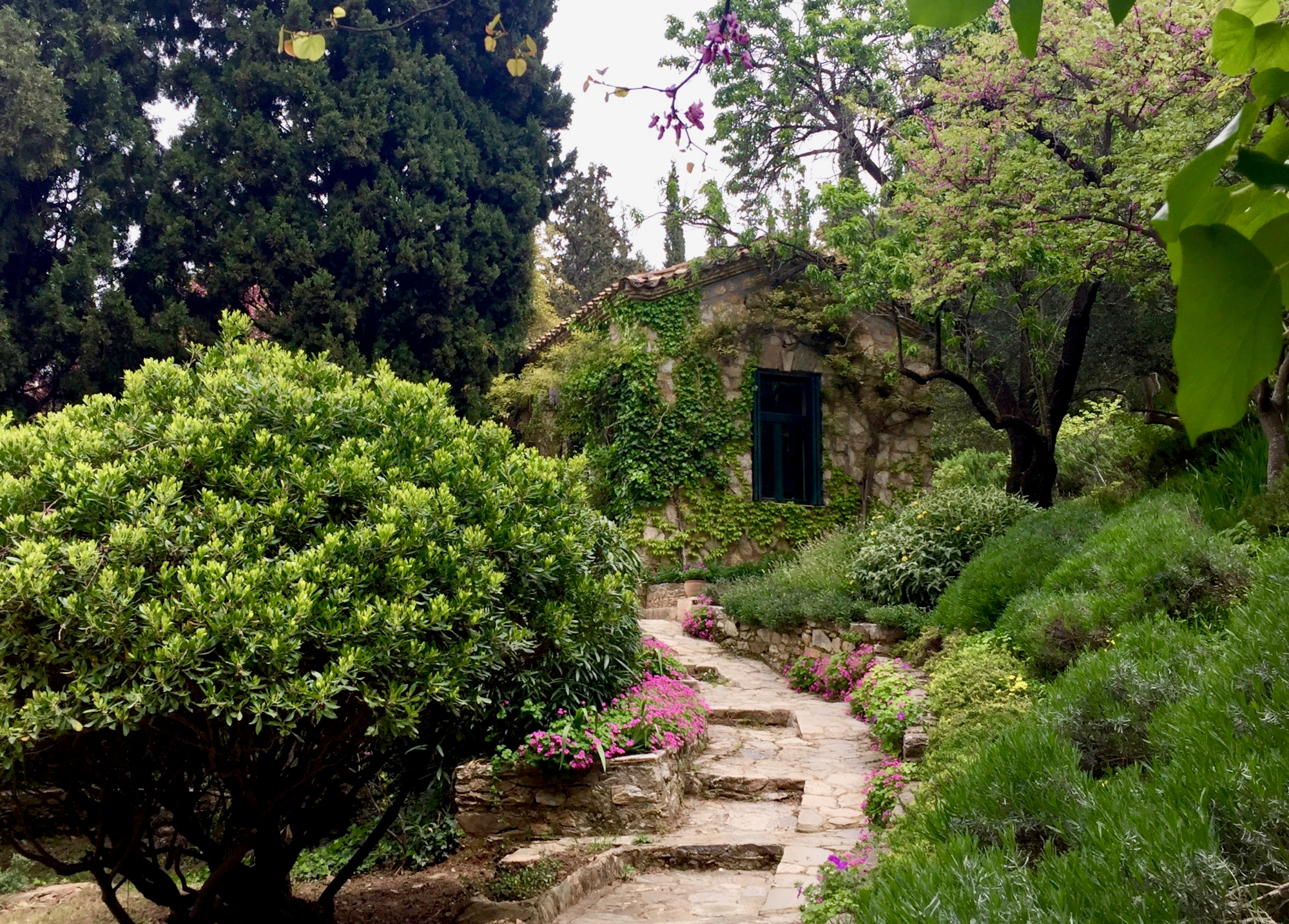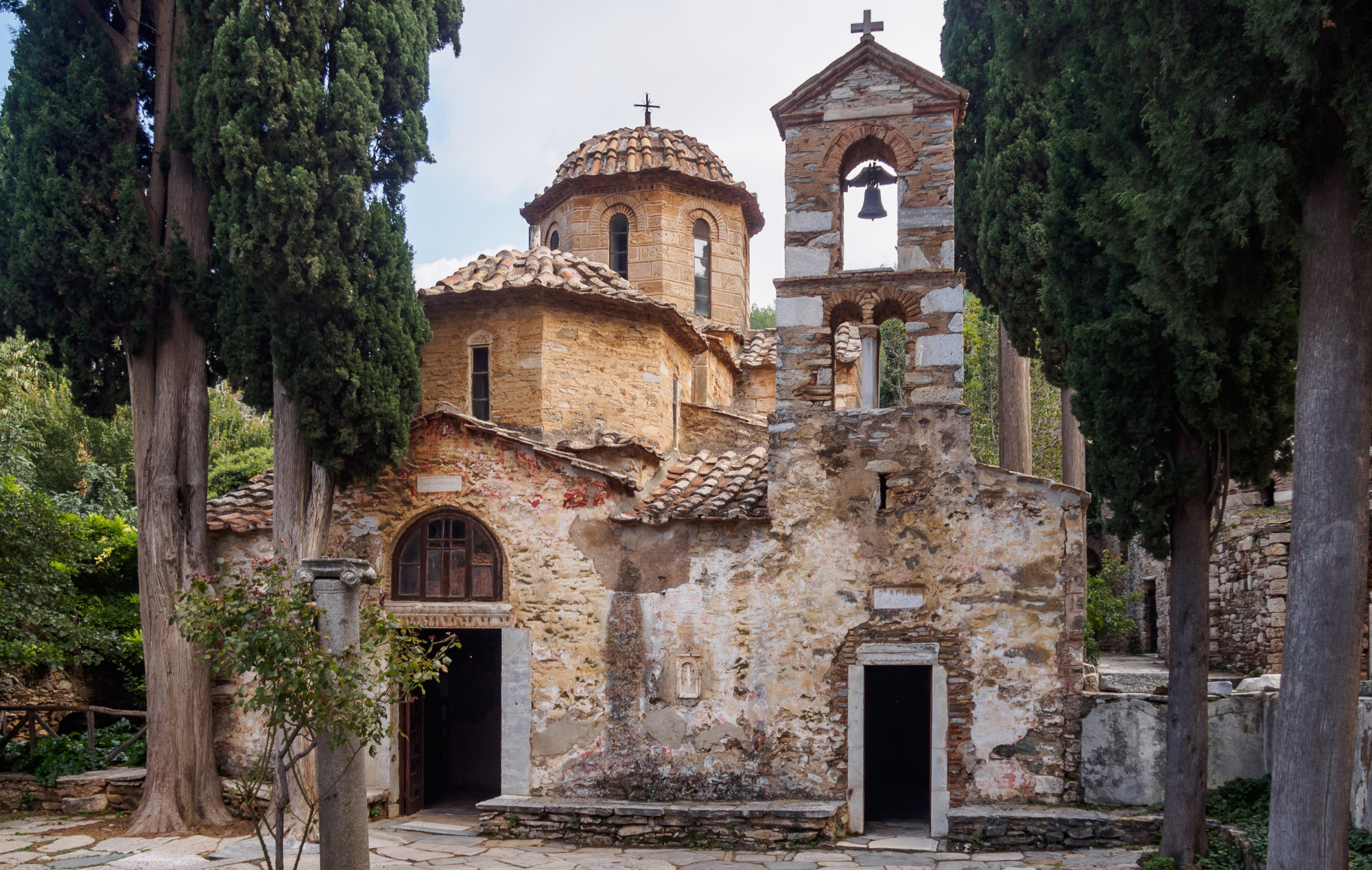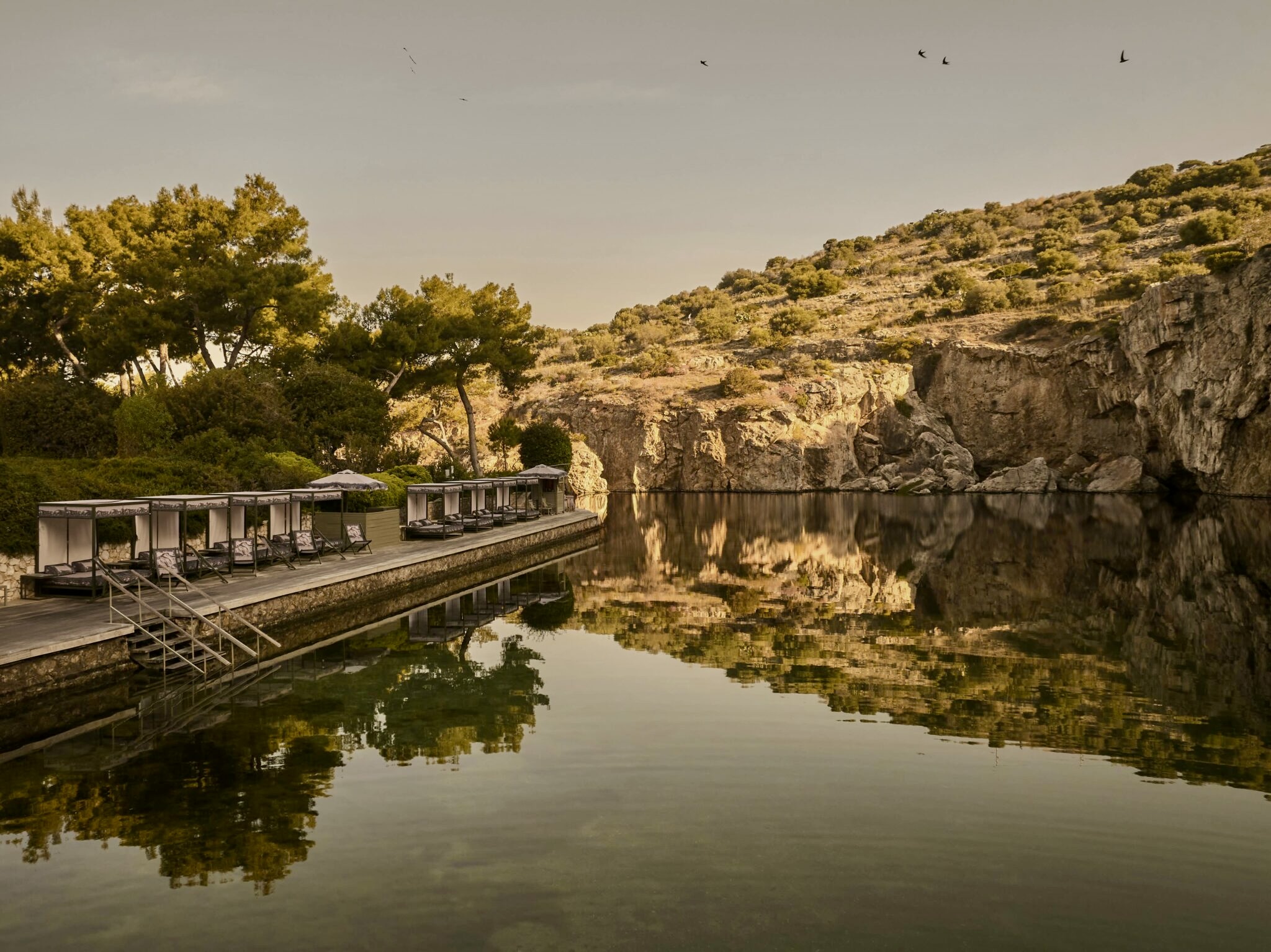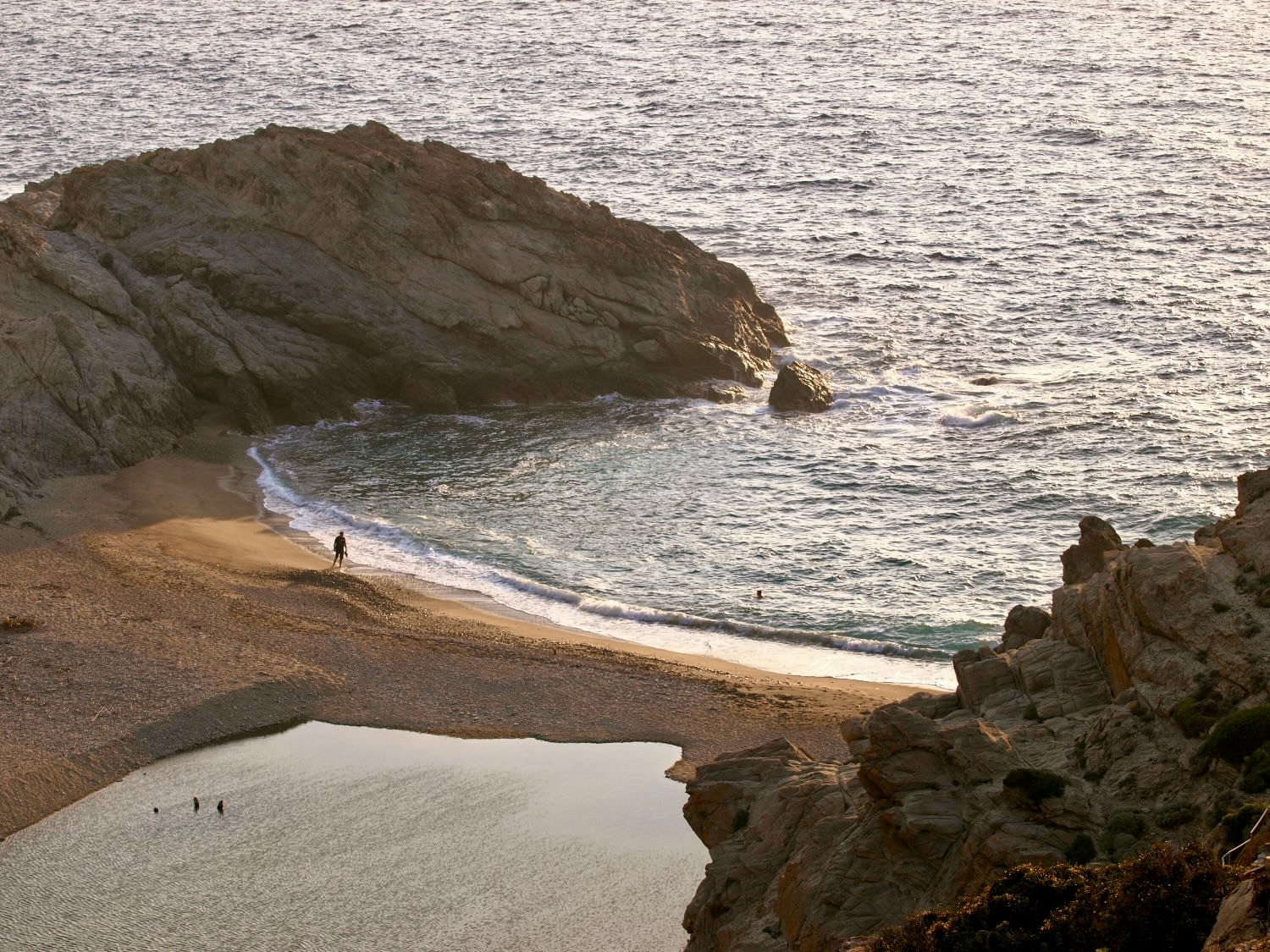Hymettus, together with Mount Egaleo, Mount Poikilo, Parnitha and Penteli, is one of the five mountains that delimit Attica region, a natural border between the plain of Mesogeia and the basin of Athens in which the capital sits.
If you are looking for exciting experiences, but also something a bit different next to Athens, why not pop to Hymettus, a mountain so close but yet so far from the city’s hustle and bustle. It’s yet another feature the Greek capital has, that makes it an attractive multi-faceted, year-round destination.
Hiking Hymettus
Mount Hymettus is divided into two parts: what the ancient Athenians called Mega Hymettus (the northern part) and what they called Elassona or Anydros, while its highest peak, Euzonas, reaches 1026 metres. The name of the mountain is of particular interest; Greeks used to call the mountain “Trelos” (crazy), perhaps due to the unpredictablity of the clouds formining at the top of the mountain, while the Turks called it “Delly Dayh”, also meaning crazy mountain, and the Franks “Monte Matto”, perhaps a variant of the original “Monte Ymeto”. Still, some claim that the colloquial nickname “Trelos”derives from a variant of the French “très long” (very long). Either way, Hymettus is an amazing mountain, visible from all over Athens, part of the city’s fabric, enticing people to come and escape the city on its slopes, valleys and flowery fields.
Starting at the foot of Mount Hymettus, a mere 5km from Syntagma square, you may embark on a fantastic hike with perhaps the most beautiful view of Athens and the plain of Mesogeia, depending on which side you choose to explore. Grab your some refreshments and snacks, Hymettus lends itself delightfully for a picnic in nature under the shade of a tree, on a hill with a view, in the courtyard of a chapel, amongst medievel ruins, in the outdoor area of the small shelter right next to the chapel of Agios Efstathios, at one of the wooden tables near the spring of Kalopoula, or even at the entrance of one of the many caves in the area such as Gidospilia.
Hymettus boasts over 150 km of marked hiking trails for all levels. One of the most beautiful is Route 10, which starts from Agia Paraskevi and reaches Terpsithea, passing by the Bat Cave, descending to the Monastery of Kessariani, heading towards Sesi, where the trail isnice and wide and runs near the caves of Stroggyli, Mavrovouni and Trypia Spilia (Hollow Cave). Take the leisurely hike starting at Katehaki, from the Aesthetic Forest of Hymettus to the Monastery of Kessariani, passing by the spring of Kalopoula and the tower of Anthousa and ending between the areas of Paiania and Glyka Nera, Route 5 crosses the mountain vertically, hence is very interesting and well-worth a try. Another nice route is that of Sfittia Odos, the ancient road that connected Thoriko, near Lavrion, with the gate of Olympeion in Athens. Sfittia Odos passes through the Pirnari Tunnel -rumour has it that it was was created in an attempt to connect the area of Koropi with that of Glyfada, a project that was never completed. Take a break at the chapel of Profitis Elias overlooking the expansive agricultural plain of Mesogeia (now also home to Athens’ international airport) and marvel at the remains of the ancient temple of Omvrios Zeus.
There are many routes and other points of interest, as Mount Hymettus is full of ancient marble quarries, mines, springs, caves and natural pools, churches and monasteries, of which the Monastery of Kessariani, dating back to the 12th century, is the most famous. A little further up the hill of Taxiarhes lies a complex of churches and chapels where hikers can admire the foundations of an early Christian basilica from the 5th-6th century, once the Franciscan monastery of Agios Markos, built during the Frankish occupation, and a church dedicated to the Agioi Taxiarches dating from the 17th century. The Monastery of Asterios, built in the 10th century, is dedicated to the Archangels Gabriel and Michael. It is a jewel of the mountain, as are the monasteries of Agios Georgios Koutalas of the 15th century and Agios Ioannis Kynigos of the 12th century.
Of the caves, Koutouki Cave is the most spectacular and thus the most famous (Open from Monday to Sunday, 07.30-15.30). Very close to the ancient quarry of Koutala, about 150 metres uphill, lies a “Dragon house” (a mysterious ancient stone structure), perhaps the only one in Attica. These ancient megalithic structures were dwellings made of square and oblong stones, which were placed one on top of the other without any binders, supported only by their weight.
All these trails make for excellent mountain biking and the thrill seekers amongst you will surely sniff out tracks hidden in the forests with steep slaloming downhills and hair-raising jumps. Make sure to get properly kitted out.
Info: Get your bike, gear and tours here. Athens Bike Rental +30 210 5758 915, Funky Ride +30 211 7109 366, Gr Cycling.



